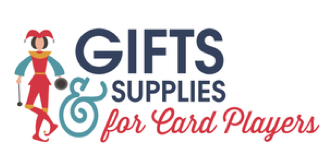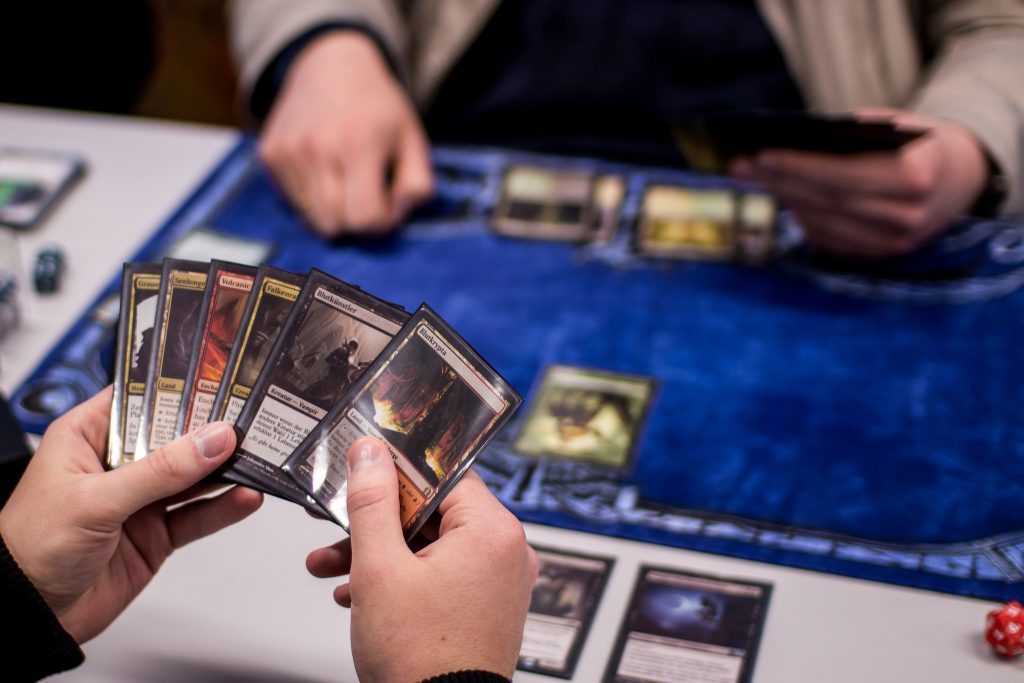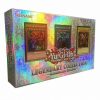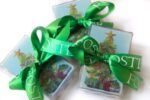Counterfeit Cards: The Business of Trading Card Fakes
Trading cards are a serious business. Statistics estimate that as much as 25.2 billion Yu-Gi-Oh! trading cards were sold from 1999 to 2011. Pokémon comes in at 28.7 billion cards by 2018.
There are message boards and strategy guides, online versions of the game, marketplaces and real-life tournaments. Players spend a lot of time and money on the game, and it’s all for good reason – compete in one of the tournaments, and you’re in the big leagues. Actually reach a top spot, and a slice of the prize money could be yours.
Buying and selling collectible trading cards is a lot like buying and selling stocks. And because there’s so much money involved, counterfeiting is a real issue. In 2018, an attempted sale of a rare Yu-Gi-Oh! card led to an arrest– and it’s not the first time.
Here’s what you should know about the business of counterfeit cards, and what we learned tracking some down for ourselves.
Watching the Market
The market for trading cards is huge, and it’s how most players and traders end up making their money. For a lot of people, it’s a hobby and side-career – but there are professional players who take it a lot more seriously, and it’s not unusual to spend several hundred just to get the right card.
Yu-Gi-Oh Prices.com is one of the top sites for selling and listing cards. According to their top 100 card listing, the most expensive card listed is Cyber Dragon, with a price-tag of $112.07 in 2018. Also according to the statistics, between the 1stand 19thof January, a total of 782 cards were traded through the platform to the tune of $1, 498.47.
Card Market sells various cards, including Pokémon. (FYI their most popular cards are Guzma (Version 1), Cynthia (Version 1) and Magikarp & Wailord GX.)
Now, if you can imagine huge card marketplaces where high-value items are exchanged for cash and someone might tempt you with a deal that sounds too good to be true on the side, you’re not too far off.
The Business of Counterfeit Cards
The scope of the trading card industry and the amount of money that people are willing to pay for the right cards means that there’s plenty of room for counterfeiting; so, if you want to be any kind of trading card player, the first thing you should do is learn how to spot the fakes.
A look at the counterfeit trading card industry reveals the huge potential of losses. In 2005 it was reported that a huge shipment of counterfeit Yu-Gi-Oh! cards had been seized – worth approximately $3 million – considerably more than most drug busts.
In 2012, the LA Times reported that as much as 30, 000 sets of Pokémon cards had been seized.
Counterfeiting has been going for years, as far back as 1999 according to a report from the Arizona Sun about a sudden spike in counterfeit Pokémon cards.
Of course selling counterfeit cards knowingly is illegal – and likely to get you prosecuted in most parts of the world.
The Story: Finding Cards
The best places to go for (real) cards are the manufacturers themselves, special-interest stores (e.g. comic book stores) eBay and other auctioneering sites – and special marketplaces set up for trading cards. The worstplaces to find cards, and where they’ll almost certainly be fake, are dollar stores and flea markets (although you might still find real decks at some flea markets if you’re careful).
Still, I couldn’t resist buying a few sets of Pokémon and Yu-Gi-Oh! cards when I spotted them for sale at a local dollar store so that I could get a closer look.
Appropriately, they cost a total of $1.45 per set, marketed as Booster Packs of part of the slightly more obscure Arc V-series.
At first glance, they might look real, but a basic round of internet research and opening the cards show that they’re definitely not. Here are some things to watch for:
- The writing on the back of the box reads, with spelling errors left intact: “IN ANCIENT EGYPT THERE XISTED A FORCE SO POWERFUL, IT HAD TO BE LOCKED AWAY FOR A MILLENNIA. NOW NOE BOY HAS RELEASED THE POWER! IT’S TIME TO DUEL!”
- Cards are held together with a rubber band.
- The printing on the cards is small enough that it requires reading with a magnifying glass
- Characteristic of fakes, many of the cards have spelling errors: Supreme King Gate Zero has become instead Sepreme King Gate Zero, with lettering in white. A quick look at the cards shows that pretty much none of the standard cards have lettering in white at all.
There isn’t even a similar fake that I could find through several days of looking. Instead, the closest were supposed “Chinese” fakes of Yu-Gi-Oh cards – with the lettering not in English – in this unboxing video on YouTube.
The same is true for the Pokémon decks, which were likely counterfeited at the same place. Many of the hallmarks mentioned, including the spelling mistakes and smaller lettering, are done in the same way throughout the deck.
While these fakes are bad ones, many of them aren’t. An article on Cracked tells the story of a guy who successfully faked (and sold) Magic: The Gathering cards for years, and not even through particularly sophisticated, albeit clever, techniques.
Signs of a Fake
Learn to spot a fake before you buy your first deck, and especially when buying your starter deck, buy only from accredited and trusted stores or the manufacturers themselves. And, if you spot a retailer of fakes, it’s up to you to report this directly to game’s publisher.
Why? Because eliminating counterfeits is what helps to keep the Trading Card industry (and its artists) alive.
There are many resources for learning how to spot a fake card, including Rextechs, Reddit and the Yu-Gi-Oh! Wikia. There are even threads for the worst card fakes, which includes the likes of “Black Cows Magician” and “Fire-Vomiting Dragon” among the listings.
If you still aren’t sure about a card you’ve bought or want to buy, get in touch with the publisher directly to find out what you have.
Have you ever ended up with counterfeit trading cards? Have you ever seen it affect a real-life tournament or game?





